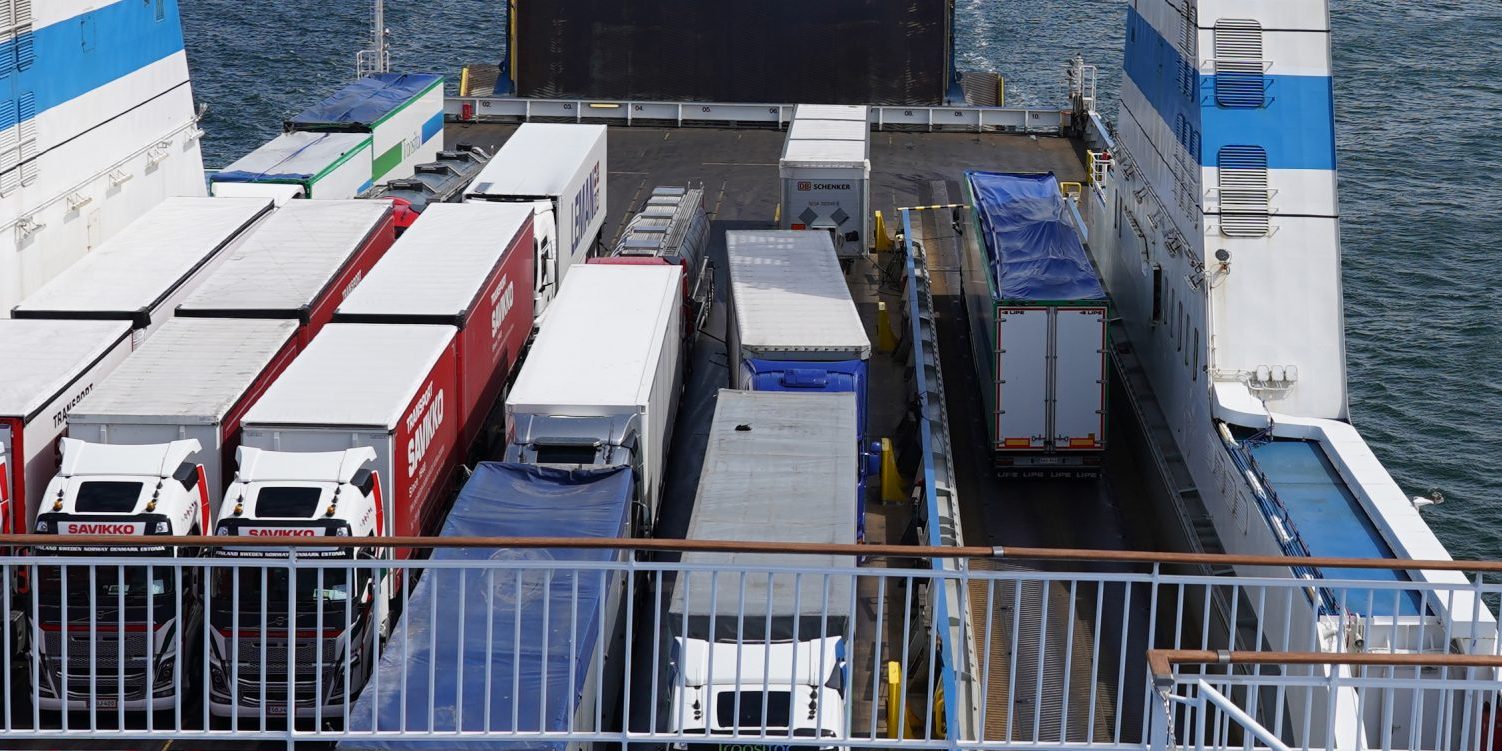We research: How intelligent can maritime logistics be?
Marine traffic in the Baltic Sea region is busy and port operations are critical for security of supply in Finland, as around 90% of exports and imports are transported by sea [1]. Digitalisation, energy efficiency and a greener logistics chain are an equation where digital solutions, seamless process refinement and timely information flow, among others, bring benefits to all actors – also in hinterland.

When talking about intelligent maritime logistics a broader perspective is needed. Functionality of maritime logistics does not start at the port: the process goes all the way back to the very roots of the supply chain. The hubs of the logistics chain provide the most promising areas for efficiency gains.
SAMK has carried out extensive data collection and analysis to identify areas for improvement. How can environmental risks be managed? How could automated solutions support the logistics chain? Can digitalisation support situational awareness in the logistics chain? What added value can an intelligent maritime logistics chain bring to logistics service concepts? How can traffic situation monitoring support the logistics chain in Satakunta? These are some of the questions to which a SAMK-led project ÄlyMeri is trying to answer by developing a risk management model and structural framework of the logistics process. The use case example of the risk management model has been the transport of sawn timber from the forest to the port of Rauma and from the port to a European port as defined in the use case.
The risk management model for the wood logistics chain in Satakunta started to take shape in December 2022. Now, in spring 2023, the model is in the validation and verification phase and the results are promising, although not unequivocally applicable to the whole transport chain. There are many systems and even more different actors. The logistics chain can be streamlined by improving at predictability beyond the interests of individual actors. It can be stated that the intelligence in maritime logistics lies in the enablement of co-operation between actors and sharing of added values.
Did you know?
- The risk management model and the structural framework are the output of the Intellignet Maritime Logistics in Satakunta project. The project is funded by the European Regional Development Fund and SAMK and will end in July 2023.
- The risk management model will be scalable: the output of the project can be used in a wider context than just the wood logistics chain.
Janne Lahtinen, Lecturer
Hanna Kajander, Project Manager
[1] Finnish Shipowners’ Association, “Key figures of maritime transport in Finland”. Available online: https://shipowners.fi/en/competitiveness/key-figures-of-maritime-in-finland/ , retrieved 8.5.2023.
